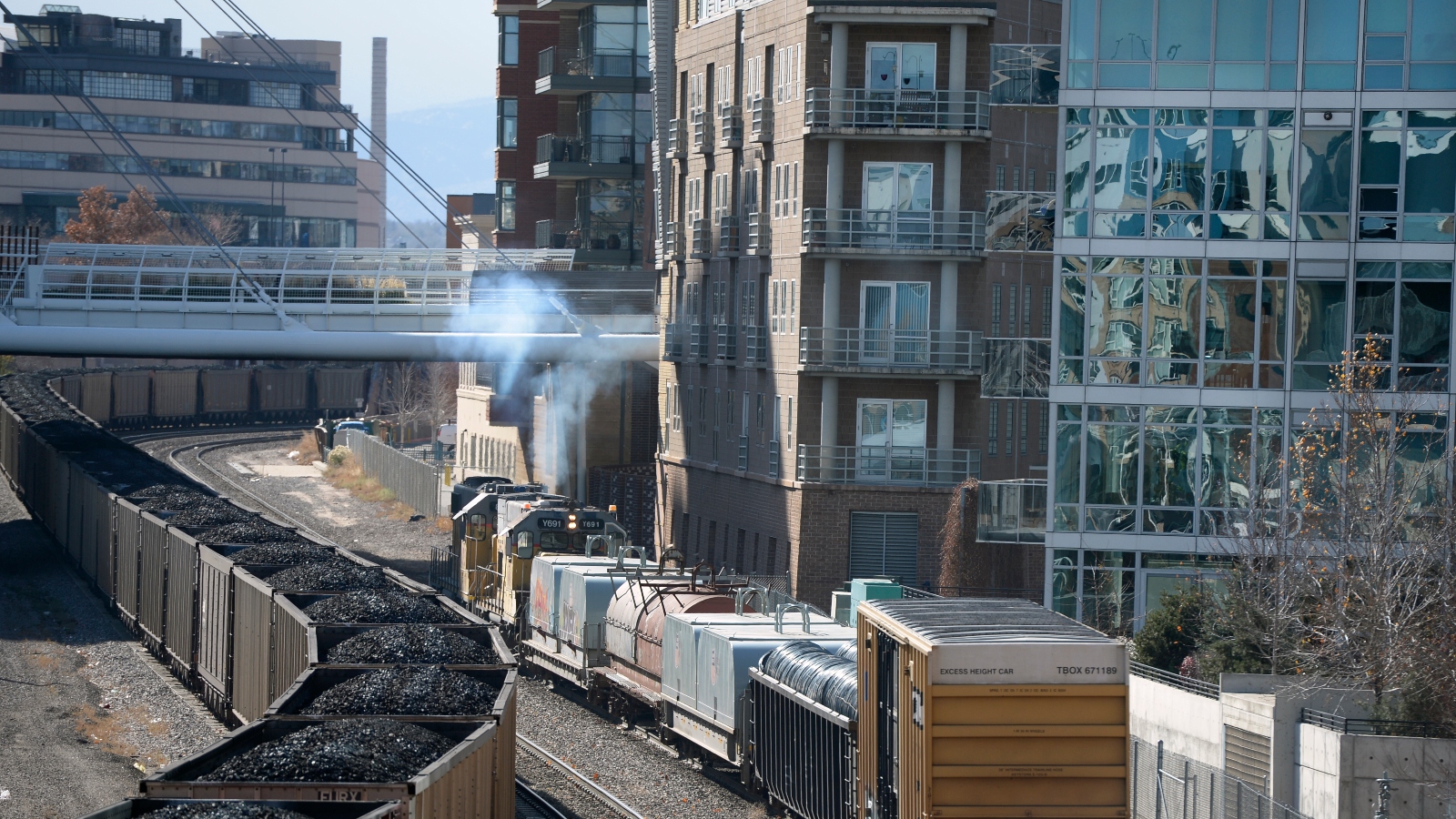Tens of thousands of U.S. railroad workers in several different unions are poised to strike at the end of this week after a prolonged labor dispute. The workers have been unable to reach an agreement with a group of six rail carriers despite months of back-and-forth on issues like stagnant pay, long shift lengths, and an inability to take time off.
Biden administration officials have been racing to mediate between the parties ahead of a Friday deadline, hoping to avoid a railroad strike and shutdown that the Department of Transportation has estimated would cost the economy about $2 billion a day. Biden himself convened a Presidential Emergency Board two months ago to help supervise the talks, but the board has been unable to help the two sides come to a final resolution. Marty Walsh, the administration’s labor secretary, postponed a planned visit to Ireland this week to help with the negotiations.
The looming railroad workers’ strike threatens to deliver a blow to the economy by disrupting critical supply chains for commodities like lumber and wheat. No sector stands to lose as much as the coal industry, which is almost entirely dependent on railways to move its product around. A work stoppage could reduce coal stockpiles that have already been thinned by poor rail service and the high levels of consumption caused by recent volatility in global energy markets. This could lead to electricity shortages and sky-high prices in coal-dependent parts of the country.
Coal is by far the most rail-dependent fossil fuel. The lion’s share of crude oil and natural gas moves around the country on pipelines, but you can’t put coal in a pipeline, so it has to move on trains, trucks, and barges. Because the fuel is so heavy and takes up so much space, rail is the only economical way to transport it from mines to power plants: The average coal train consists of 140 cars that each hold about as much coal as could fit on ten trucks. Even if coal could be shifted onto trucks, the trucking industry itself has also been experiencing labor shortages, and there’s not much excess truck capacity to absorb rail freight.
“We are captive shippers,” said John Ward, the executive director of the National Coal Transportation Association, a trade group representing coal shippers and buyers. “There really are no alternatives.”
The industry’s reliance on rail has proven to be a constraint even before the recent union disputes. A railroad industry labor shortage has already led to thinner and less reliable rail service, hampering coal producers’ ability to move their products around and reducing coal stockpiles at power plants around the country. A survey from the National Coal Transportation Association earlier this year found that around 80 percent of utilities said they’d missed coal shipments thanks to faulty rail service. A prolonged rail shutdown would supercharge that dynamic, forcing coal miners to hold on to more of their product.
“Coal stockpiles are already at historic lows in the United States,” said Ward. “Any further interruptions could be disastrous for power generation. In the good old days, it wasn’t uncommon for utilities to have a 60- or 90-day supply of fuel, but I don’t know anybody who has that luxury now. If it became an extended strike, the consequences could be dire.” Should utilities burn through their stockpiles, they’ll have to slow down generation to save supply, which could lead to power shortages during times of peak demand. Prices would jump for as long as the supply backlog lasted.
The worst-affected places would be states like West Virginia and Missouri, which generate around 90 percent of their electricity from coal and don’t have the opportunity to switch to natural gas on short notice. Even states with large gas supplies will struggle, though, since gas markets are also tight as producers export large quantities of gas to Europe.
The U.S. coal industry has been on the wane for decades thanks to a movement away from heavily-polluting, carbon-intensive fuels and a newfound abundance of cheap natural gas. Domestic coal consumption has fallen by about half since 2005, contributing to an almost 30 percent decline in power-sector greenhouse gas emissions over the same period.
But the post-pandemic-lockdown rebound in energy consumption and the Russian invasion of Ukraine have shocked the industry back to life, causing prices to skyrocket amid an overall energy shortage. Still, analysts don’t expect the jolt to lead to much new production, since the long-term economics of the coal industry are still so bad. An industry trade group expects around 86 gigawatts of coal generation to retire over the next decade — close to half of the current capacity.




